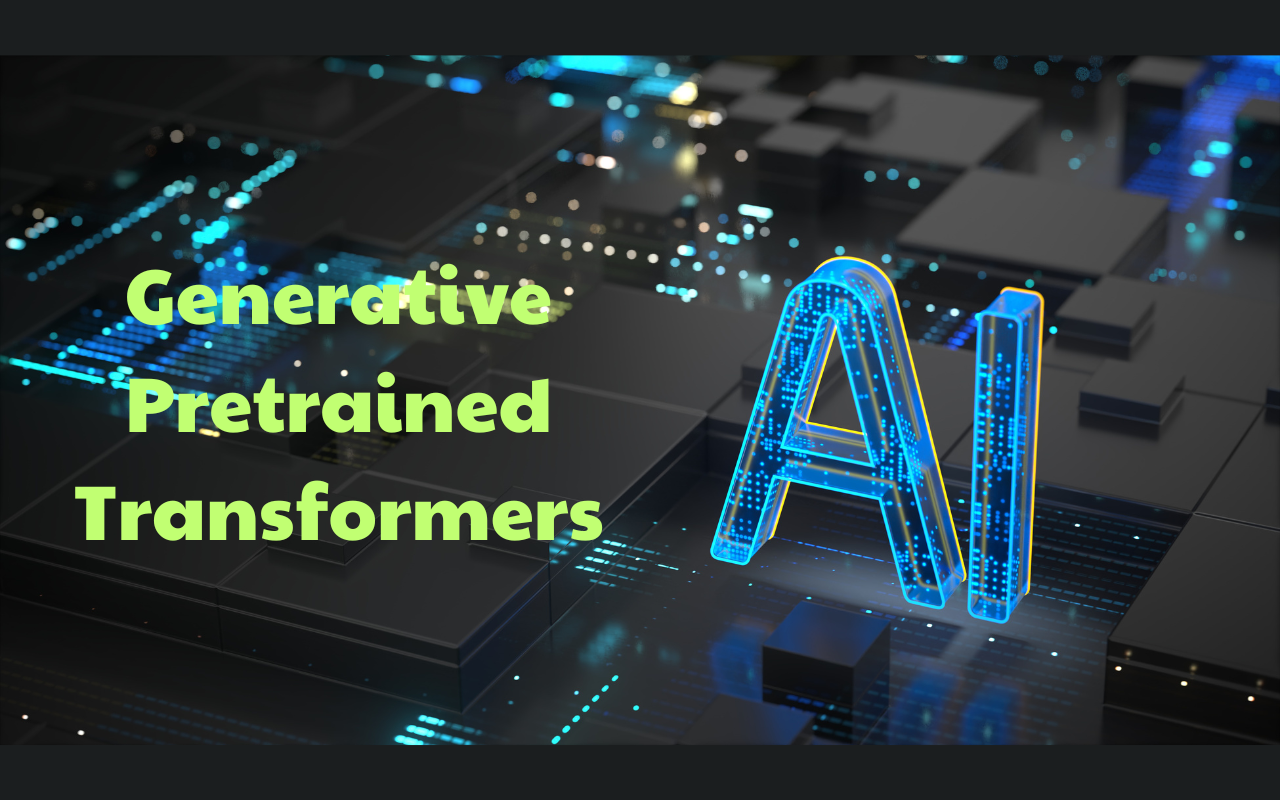ChatGPT took the world by storm with its eloquent human-like responses powered behind the scenes by advanced AI. Specifically, it owes its natural language capabilities to a family of models called Generative Pretrained Transformers (GPT) developed by research company OpenAI.
In this post, we’ll demystify how these transformer models work and how they enable ChatGPT’s impressive performance.
GPTs – Foundation Models for NLP

At a high level, GPT models are powerful “foundation models” aimed at natural language tasks like text generation.
They’re first pretrained on massive text corpora – ingesting up to hundreds of billions of words from sources like websites, books, and Wikipedia. This allows GPTs to deeply analyze patterns in human language.
After pretraining, the models can be fine-tuned on more specific datasets to customize their capabilities. For example, one key fine-tuning objective for ChatGPT was conversational ability – allowing back-and-forth dialogue grounded in facts.
Over successive versions, OpenAI’s GPT models have become dramatically more advanced as bigger datasets and computational power expanded what was possible.
Inside GPT: The Transformer Architecture
Under the hood, GPT models leverage an attention-based deep learning architecture known as the transformer.
Transformers were a breakthrough in natural language processing, outperforming older methods at tasks like translation requiring understanding word context. Their key innovations:
- Self-attention layers analyze how every word relates to every other in a sentence
- This allows transformer models like GPT to deeply understand intricate relationships in text rather than process sequentially
During pretraining, GPT’s transformer architecture allows it to uncover the highly complex contextual patterns present in human language from its massive datasets.
Then during fine-tuning for applications like ChatGPT, the foundation model can generate new coherent, meaningful sentences fitting those learned structures.
GPT-3.5: The Initial ChatGPT Foundation
The first version used to power ChatGPT was GPT-3.5, an augmented variant of GPT-3.
GPT-3 itself amazed the world when launched in 2020 due to the quality, coherence, and creativity of its outputs.
By building on top of GPT-3’s capabilities and custom fine-tuning for conversational abilities, GPT-3.5 enabled ChatGPT’s impressively fluent dialogue functionality.
GPT-4: 2-5x More Capable, 98% Less Compute
However, in true bleeding edge AI fashion, GPT iterations advance rapidly. Recently, OpenAI unveiled the latest GPT-4 which is reportedly 2-5x more capable on most language tasks while requiring 98% less computing power.
Leveraging GPT-4 could allow ChatGPT to reach new heights across metrics like output quality, factual accuracy, dialog depth, and more.
And the transformer foundation model train is likely to keep accelerating from here. With continued data and compute scaling expected in future GPT versions, excitement is high for what might soon be possible.
Novel capabilities aside though, interpretting these models cautiously remains important – they have noteworthy limitations despite the hype around their outputs. But responsible development could enable hugely beneficial applications.
So watch this space! We likely still have only scratched the surface of what powerful yet safe AI can ultimately achieve.
